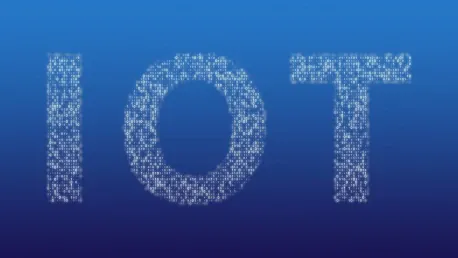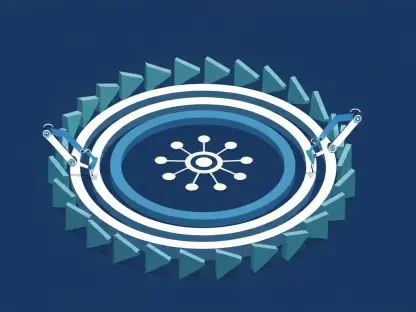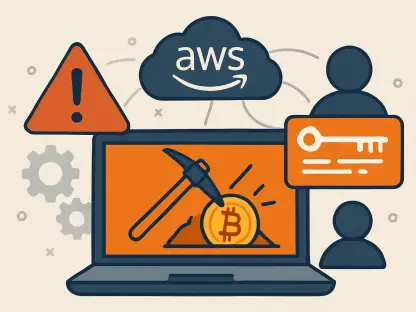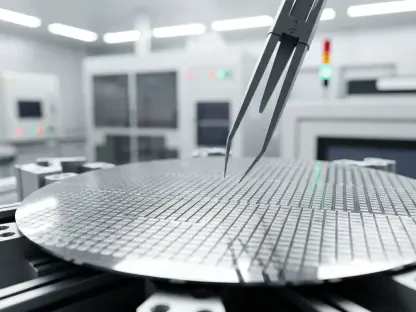The global healthcare landscape is on the brink of a significant transformation, driven by the rapid adoption of Internet of Things (IoT) medical devices. These devices, which include wearables, implantable devices, and stationary medical equipment, are set to revolutionize patient care, operational efficiency, and healthcare delivery. As we look towards 2030, the integration of IoT in healthcare promises to bring about unprecedented changes, improving patient outcomes and making healthcare more accessible and efficient.
The Rise of IoT in Healthcare
The adoption of IoT devices in healthcare has been fueled by several key factors. One of the primary drivers is the increasing prevalence of chronic diseases, which require continuous monitoring and long-term care. IoT devices enable healthcare providers to monitor patients in real-time, providing timely interventions and reducing hospital readmissions. This is particularly crucial for managing conditions such as diabetes, heart disease, and respiratory disorders.
Technological advancements in wearable devices have also played a significant role in the rise of IoT in healthcare. Modern wearables are equipped with advanced sensors that can monitor a wide range of health parameters, from heart rate and blood pressure to blood-glucose levels. These devices provide patients with the ability to track their health metrics continuously, empowering them to take a proactive role in managing their health.
The demand for remote healthcare solutions has surged, especially in the wake of the COVID-19 pandemic. IoT devices facilitate remote diagnostics and monitoring, making healthcare more accessible to patients who may not be able to visit healthcare facilities regularly. This shift towards remote healthcare is expected to continue, driven by the convenience and cost-effectiveness of IoT-enabled solutions. The potential for IoT devices to revolutionize healthcare delivery and management is immense, transforming how care is provided and received globally.
Technological Innovations Driving IoT Adoption
Several technological innovations are driving the adoption and efficiency of IoT medical devices. Enhanced sensor technology is at the forefront, with miniaturized sensors enabling continuous, non-invasive monitoring of vital signs. These sensors are increasingly being integrated into wearables and implantable devices, providing accurate and reliable health data that can be accessed by healthcare professionals in real-time.
Artificial intelligence (AI) is another critical technology that is transforming IoT medical devices. AI analytics can interpret the vast amounts of data generated by IoT devices, providing predictive insights and enabling timely interventions. This capability is particularly valuable in identifying potential health issues before they become critical, improving patient outcomes and reducing healthcare costs. AI-driven insights are transforming preventive care, making it possible to address health risks before they escalate.
Cloud computing provides the necessary infrastructure for storing, accessing, and analyzing patient data. Cloud platforms enable telemedicine and remote patient monitoring, enhancing the applicability of IoT solutions. Additionally, blockchain technology is being explored for data security, ensuring compliance with healthcare regulations and providing a secure framework for sensitive patient data. This combination of cloud and blockchain technologies ensures that patient data remains secure and accessible, fostering trust in IoT medical devices.
Market Segmentation and Growth
The IoT medical devices market is segmented based on device type, application, and end-user. Wearable devices, including fitness trackers and smartwatches, dominate the market due to their widespread use and accessibility. These devices are popular among consumers for their ability to monitor health metrics and provide real-time feedback, making them an integral part of everyday health management routines.
In terms of applications, remote patient monitoring is the largest segment. This application is aimed at reducing hospital readmissions and managing chronic diseases more effectively. Diagnostic imaging and therapy delivery are other significant applications, leveraging IoT devices to enhance the accuracy and efficiency of medical procedures. The ability to monitor patients remotely reduces the strain on healthcare facilities and improves patient experiences.
Hospitals, clinics, and home healthcare providers are the primary end-users of IoT medical devices. Hospitals, in particular, are increasingly adopting IoT solutions to enhance operational efficiency and patient care. By automating routine tasks and improving resource management, IoT devices help reduce the workload on healthcare professionals and improve service delivery. Home healthcare providers are also finding IoT devices invaluable for providing care to patients in comfortable home environments, ensuring continuous monitoring and personalized care.
Regional Insights and Market Dynamics
The adoption of IoT medical devices varies across different regions, influenced by factors such as healthcare infrastructure, technological advancements, and regulatory environments. North America and Europe exhibit strong growth due to their advanced healthcare systems and significant investments in healthcare technology. The U.S. market, for instance, was valued at $22.3 billion in 2023, reflecting the high demand for IoT solutions. Advanced infrastructure and supportive policies in these regions are key drivers.
Emerging markets, particularly in Asia-Pacific, are also experiencing significant growth. China is expected to grow at a 25.0% CAGR, reaching $57.8 billion by 2030. The rising demand for telemedicine and home healthcare solutions is driving this expansion, supported by increasing investments in healthcare technology and infrastructure. Countries in the Asia-Pacific region are investing heavily in IoT technologies to improve healthcare accessibility and quality.
Other key regions, including Japan, Canada, and Germany, are also projected to see substantial growth. These regions are investing in IoT technologies to improve healthcare delivery and patient outcomes, reflecting a global trend towards more interconnected and efficient healthcare systems. The adoption trends in these regions highlight the universal appeal and applicability of IoT medical devices, as healthcare systems worldwide strive for better patient care and operational efficiency.
Competitive Landscape and Future Trends
The IoT medical devices market is highly competitive, with several key players making significant strides. Major companies such as Abbott Laboratories, Medtronic, Philips Healthcare, and GE Healthcare are leading the market, driven by continuous innovation and strategic collaborations. These companies are investing heavily in research and development to maintain and expand their market presence. Their efforts ensure that the market remains dynamic with a steady influx of advanced devices.
Looking ahead, the market is poised for substantial growth, with the Wi-Fi connectivity segment expected to reach $229.3 billion by 2030, growing at a 29.1% compound annual growth rate (CAGR). The Bluetooth connectivity segment is also expected to grow at a 24.4% CAGR. The ongoing integration of advanced technologies like AI, cloud computing, and blockchain into IoT medical devices will drive further advancements, making healthcare delivery more efficient and secure. These technologies are not just enhancing device capabilities but also opening up new possibilities in healthcare services delivery and management.
The regulatory environment will also play a crucial role in shaping the future of the market. As the market expands, regulatory frameworks and compliance will become increasingly important for product development and market penetration. Ensuring patient data security and adherence to healthcare regulations will be vital for the sustained growth and adoption of IoT medical devices. Companies will need to navigate this complex landscape to bring innovative and compliant solutions to the market.
Conclusion
The global healthcare landscape is on the verge of a substantial transformation, fueled by the rapid uptake of Internet of Things (IoT) medical devices. These innovative tools, spanning wearables, implantable devices, and stationary medical equipment, are poised to revolutionize patient care, operational efficiency, and overall healthcare delivery. As we look ahead to 2030, the incorporation of IoT in healthcare is expected to usher in remarkable improvements, enhancing patient outcomes and making healthcare more accessible and efficient.
Wearable devices like smartwatches and fitness trackers monitor vital stats in real-time, alerting both patients and doctors to potential health issues. Implantable devices, like pacemakers with IoT capabilities, provide critical data that can be accessed and analyzed remotely, enabling timely medical interventions. Stationary medical equipment integrated with IoT helps streamline hospital operations by tracking equipment usage and maintenance needs. Overall, the integration of these devices promises to bring about previously unimaginable changes, elevating the quality of care and operationalizing efficiency in unprecedented ways.









